Being an amateur pickleball player is equal parts fun as it is challenging.
While it is an easy game to learn initially, it is incredibly difficult to master. This arduous journey makes learning and improving – even little things – very rewarding.
As an amateur, odds are you have a good foundation and are slowly chipping away at the skills or shots that will take you to the next level.
Here are three things I see amateurs doing incorrectly and how to instruct them to fix it.
Failing to get to the kitchen
Anywhere from 75-90 percent of all offense in pickleball is created or implemented at the kitchen.
No, that is not a typo.
Very little (if any at all) offense comes from behind the kitchen line. That means almost none of your shots in the transition zone or from the baseline should be aggressive in nature (again, there a few exceptions, but we are talking majority here).
I see far too many amateurs trying to be the hero and hit winners or huge shots from the baseline or in the transition zone. This instantly puts you at a statistical disadvantage, as odds are your opponents are already at the kitchen zone and ready to keep you and your partner pinned to the baseline or transition zone. Driving or smashing the ball is only going to give them more and more opportunities to keep you pinned back.
What is Paddle Tracking and How Can it Make You a Better Pickleball Player?
Paddle tracking is an advanced pickleball skill that hardly anyone talks about, yet all high-level players do it. What is it, and how can it help you play better pickleball?
 The Dink PickleballJason Flamm
The Dink PickleballJason Flamm
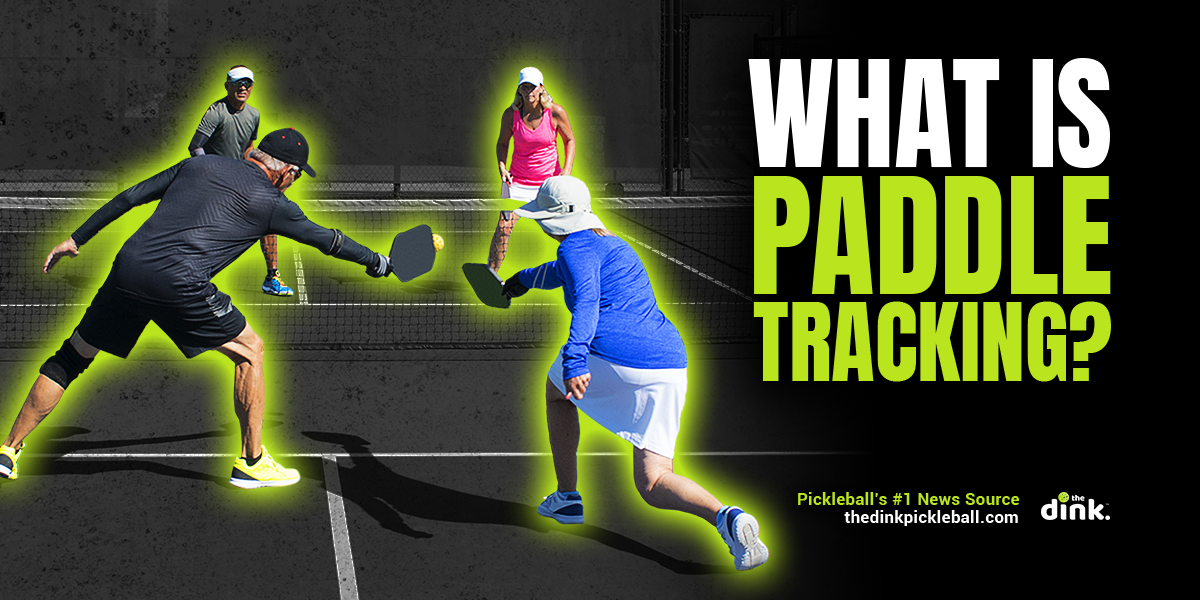
What’s worse and arguably more common is that amateurs will try to be aggressive from the baseline or transition zone and straight up miss. They’ll hit in the net, wide or long. Sometimes they will whiff completely. Regardless, the point is over instantly.
If you are a big driver or "banger" as a lot of people like to call it, put the drive away and develop the drop. Use it on the third shot, the fifth, seventh, etc. You should be able to hit this shot almost in your sleep and from all positions of the court.
The result? You will be able to get to the kitchen, where offense is accepted and even encouraged at the right times. No more trying to hit winners or big shots from anywhere but at the kitchen.
They speed the ball up and aren’t ready for the next shot
Another classic mistake I see amateur pickleball players make is they will speed the ball up and not be ready for the next shot. One of the best parts of this sport is the long rallies and fast hands exchanges that are a staple of almost every game.
If you are at the kitchen (and remember, nowhere else) and choose to speed the ball up, make sure you are doing so with the intent of hitting one to 10 shots after that. Unless you are playing someone far inferior in skill, the ball will and should come back, which is fine, if you are prepared for it to come back.
One simple thing to remember to ensure you are ready for the next shot after speeding up is to keep your backswing on the speed up short, and make sure you have your paddle in front after and in the middle of your stance. This will lead to faster reloads and will help you catch the next ball in front. Too many amateurs will take too big of a swing on the speed up, and by the time the ball comes back at them, their paddle is not in the position it needs to be to hit another shot.
Is Pickleball Strenuous Enough to be Considered Good Exercise?
Pickleball is America’s fastest-growing sport, but is it actually good exercise? We look at some of the physical and mental health benefits of pickleball.
 The Dink PickleballJason Flamm
The Dink PickleballJason Flamm
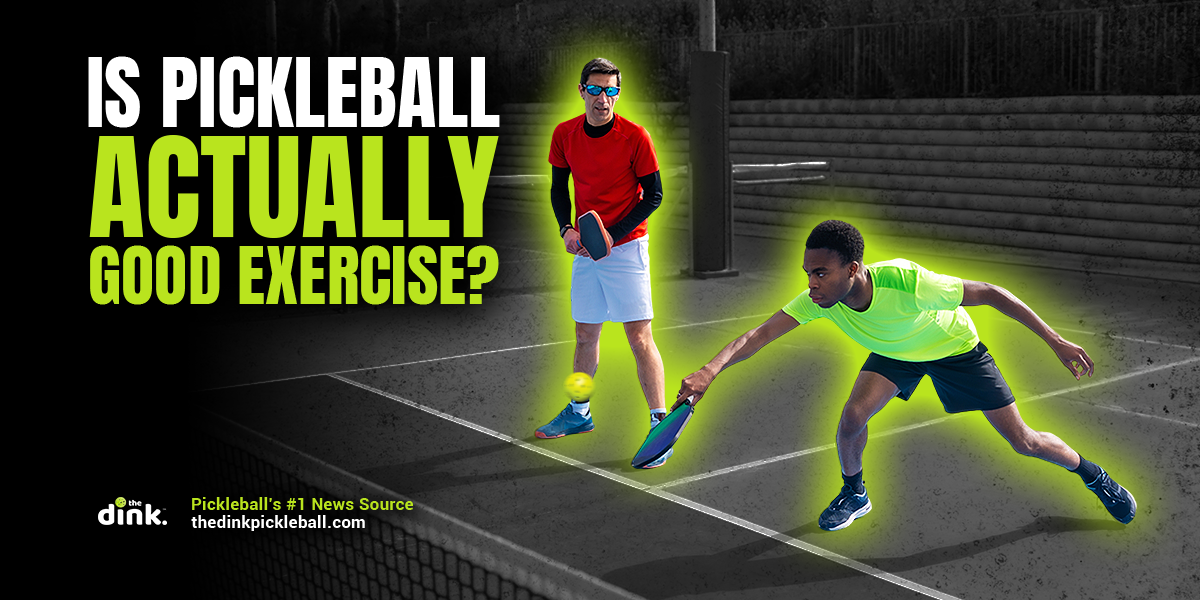
One last thing to remember here – don’t speed up for no reason. If you are in a dink rally and are speeding up because you are bored, odds are it is not the right time. Move the dinks around and wait for a chance to manipulate the ball (either by angling it down or with some sort of spin) before speeding up. And if you do speed up, be ready for the ensuing hands battle!
They move through their shots and forfeit their balance
If you have seen professional pickleball, you have probably noticed how efficient the pros move on the court. Some of the top players even look like they are moving in slow motion. That is not by accident.
Too many amateurs move through their shots instead of stopping to hit the ball first. You will hit nearly every shot in pickleball better if you are still when hitting the ball.
This rule of thumb is especially true in the transition zone. When you are in this part of the court, focus on being still, putting both your butt and your paddle down towards the ground so you are in a good position to drop the ball back over the net.
Amateurs are too often in a hurry to move from the baseline to the kitchen and will rush their resets in the transition zone, leading to pop ups or missed resets. The same goes for returns at the baseline and dinks at the kitchen.
Regardless of where you are on the court, move your feet before and after you hit the ball, but when you are making contact, make sure you are still and balanced, with your feet about shoulder-width apart.
Bonus Drill: Resets in a row
Here’s a fact: you can never drill your resets enough.
Even the pros are spending a minimum of 30 minutes a drill session hitting and perfecting their resets. Get with your drilling partner and line up down the line from them. Stand about two feet inside the baseline and have your partner at the kitchen either down the line or crosscourt from you (you will end up doing both patterns).
Have them feed the ball firmly right at your feet, and work on hitting resets. Start with a goal of hitting 10 in a row. Then hit 20 in a row, then 50. Try to hit as many as you can in a row without missing (or giving your drilling partner an easy put away shot). Do this drill both down the line and crosscourt from both sides of the court before switching with your partner.
Enjoy the grind, and remember, you can’t dink all day if you don’t start in the morning.
Pickleball Skill Quiz
Find out your pickleball rating
 Pickleball Skill Quiz
Pickleball Skill Quiz

Anuncie Aqui / Advertise Here
Sua marca para o mundo Pickleball! / Your brand for the Pickleball world!

 English
English  Spanish
Spanish  Portuguese
Portuguese  German
German  Italian
Italian  Japanese
Japanese  French
French  Polish
Polish  Russian
Russian  Netherlands
Netherlands  Hungarian
Hungarian  Turkish
Turkish  Videos
Videos 
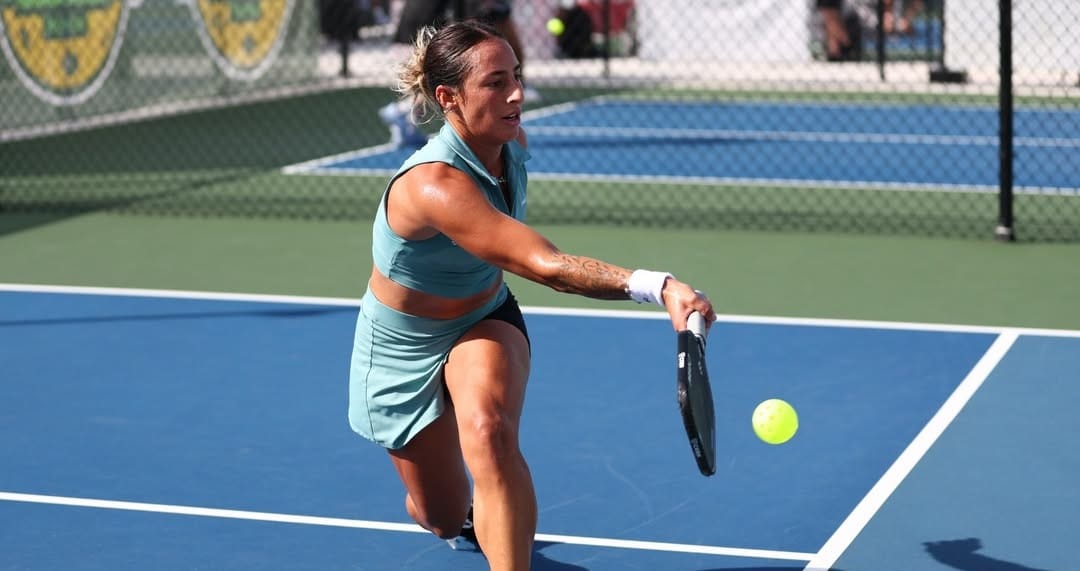
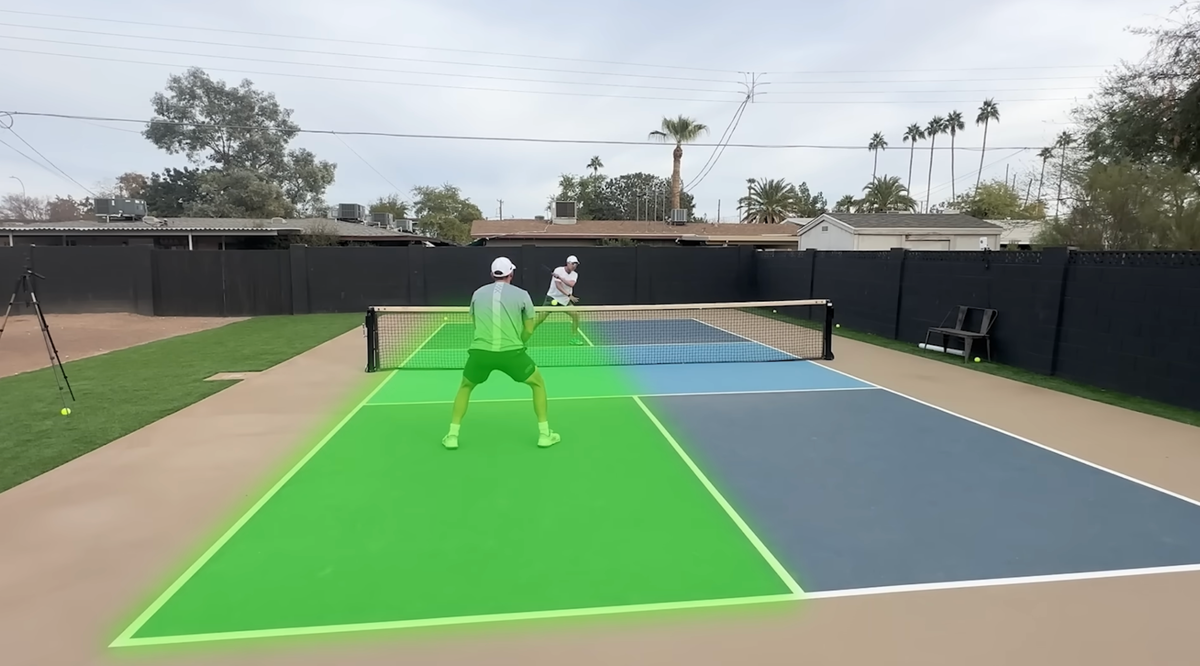
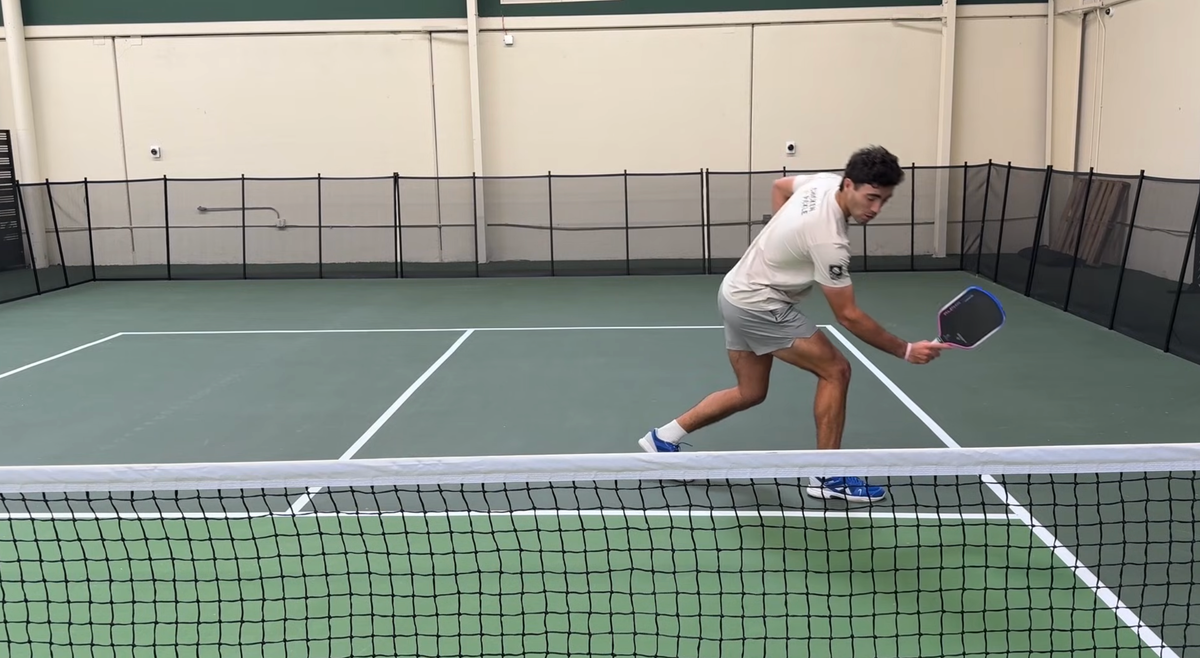
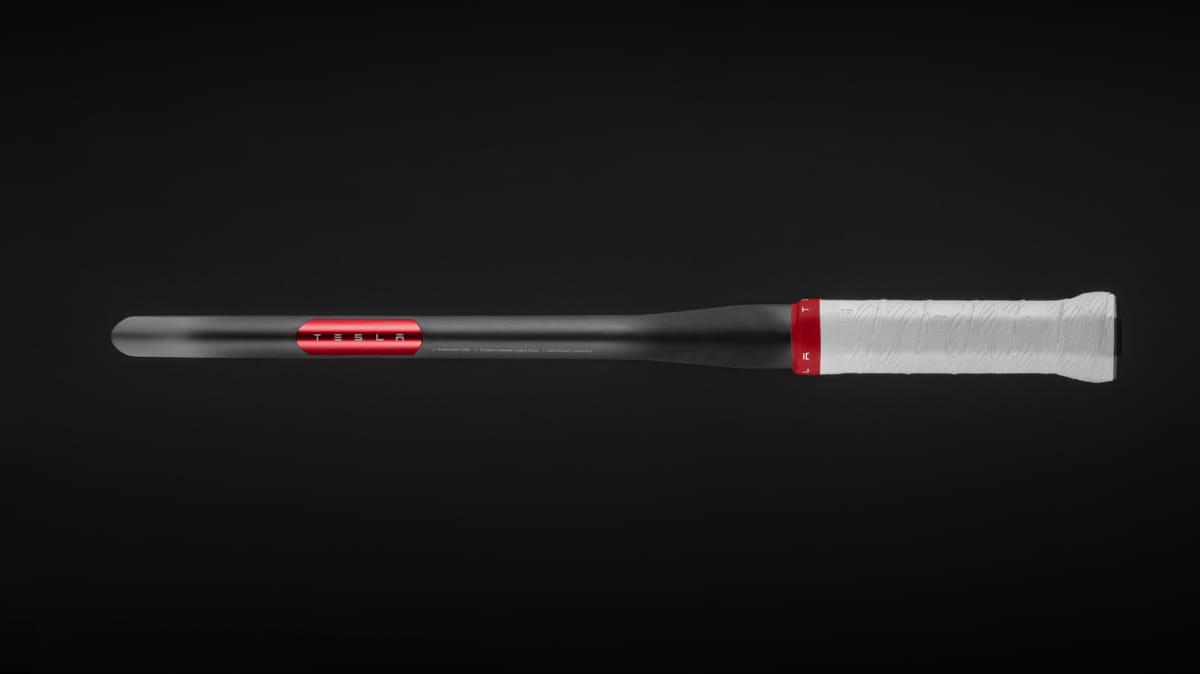




 English (US) ·
English (US) ·  Portuguese (BR) ·
Portuguese (BR) ·